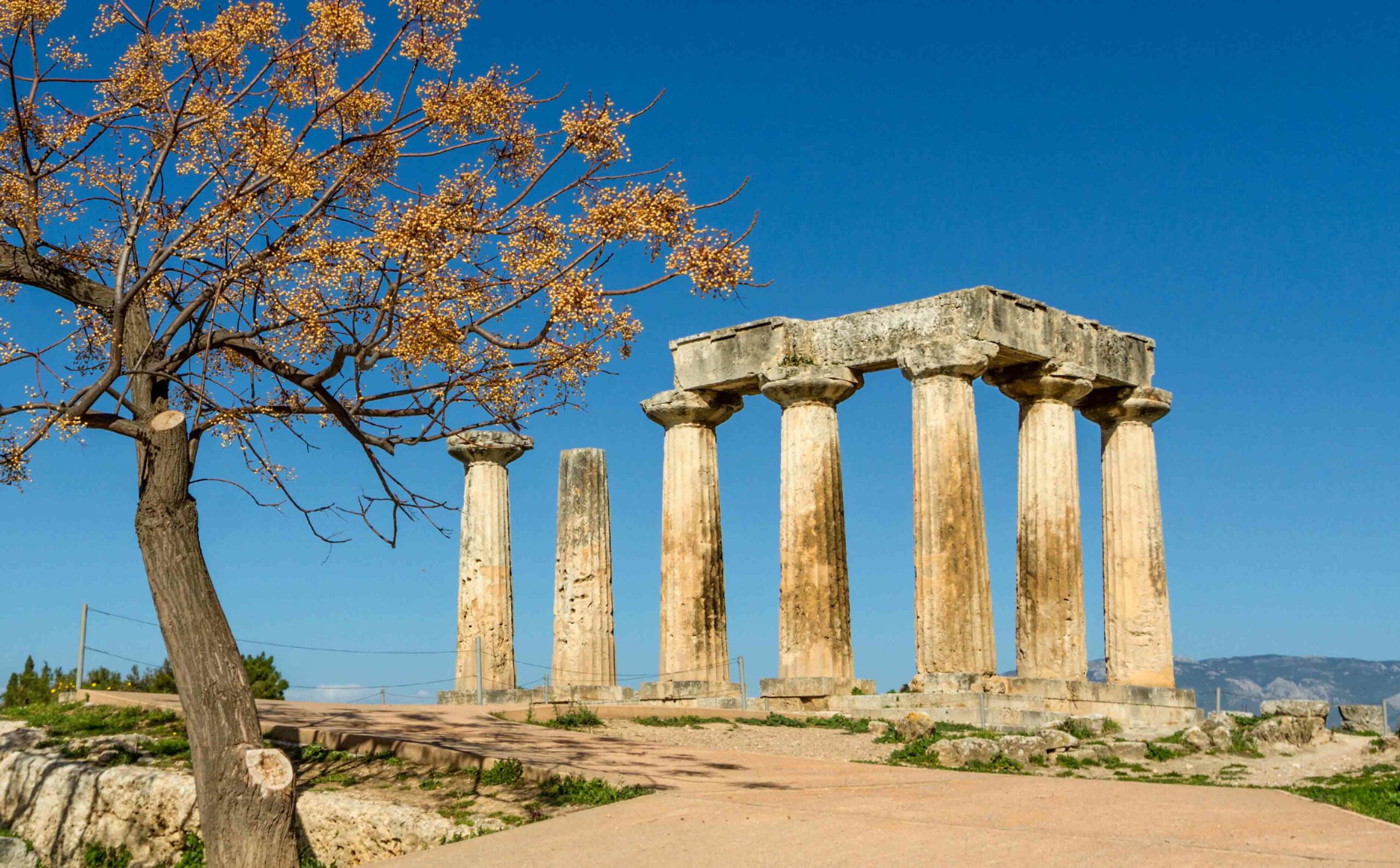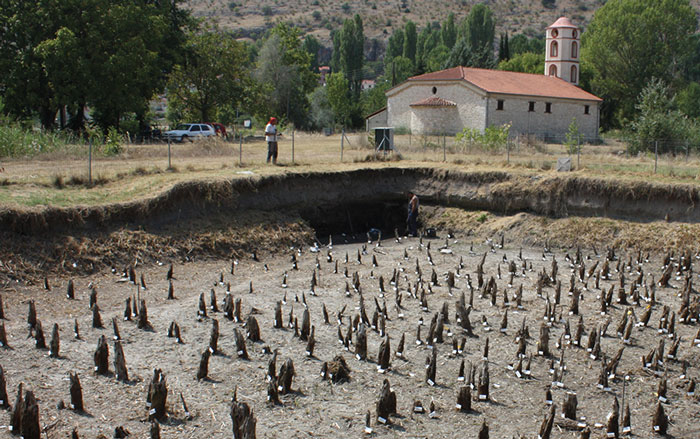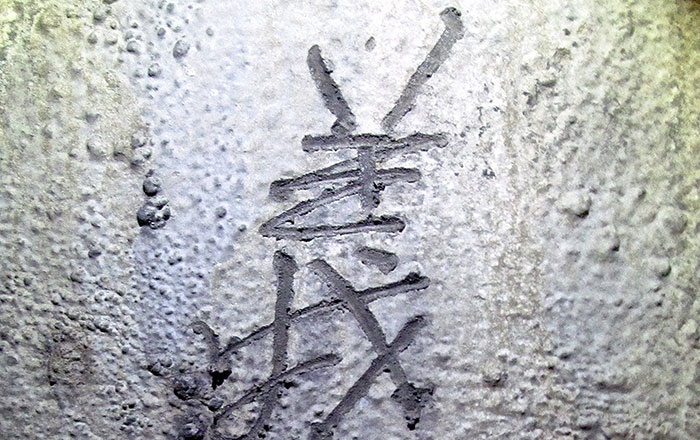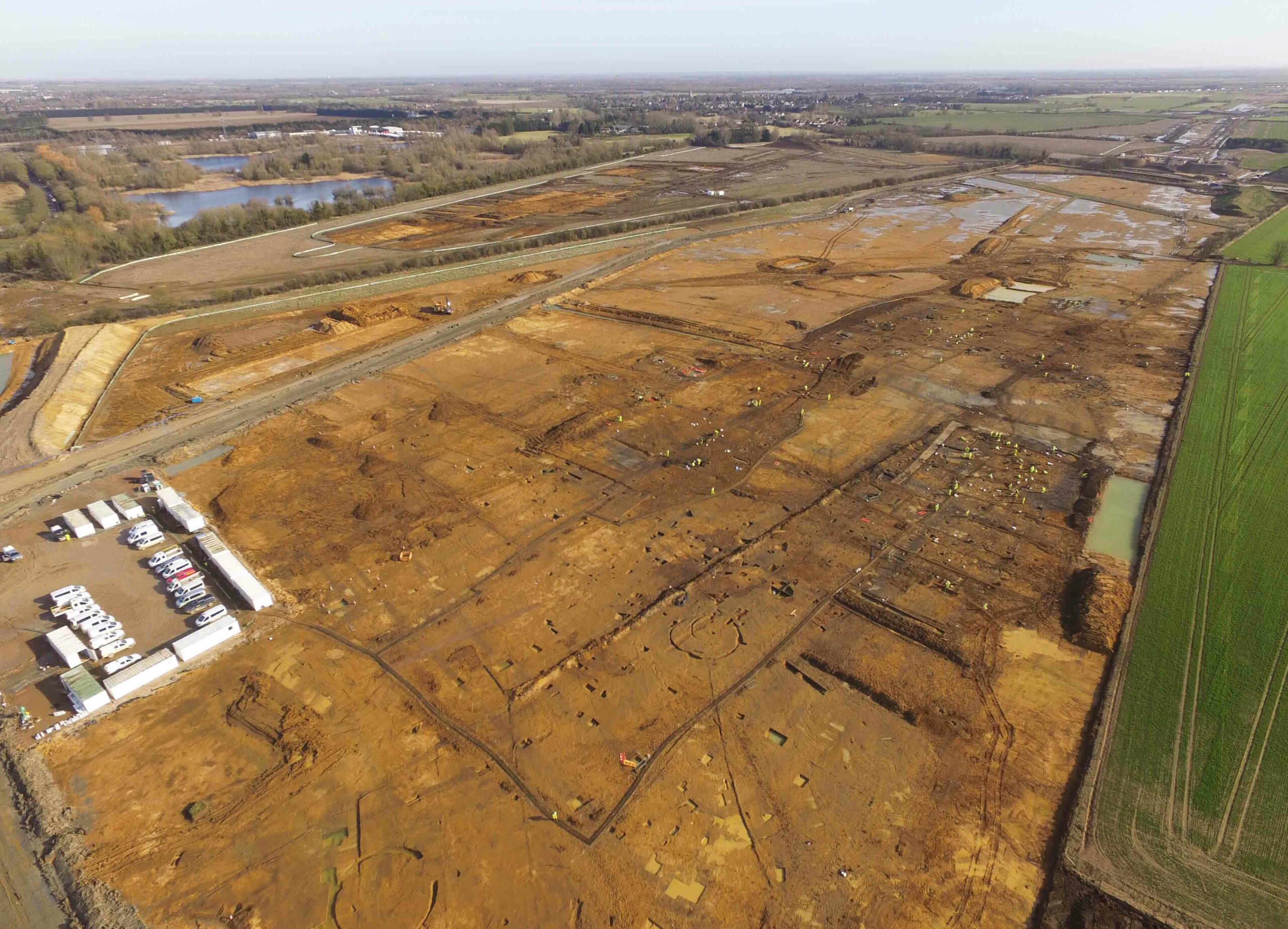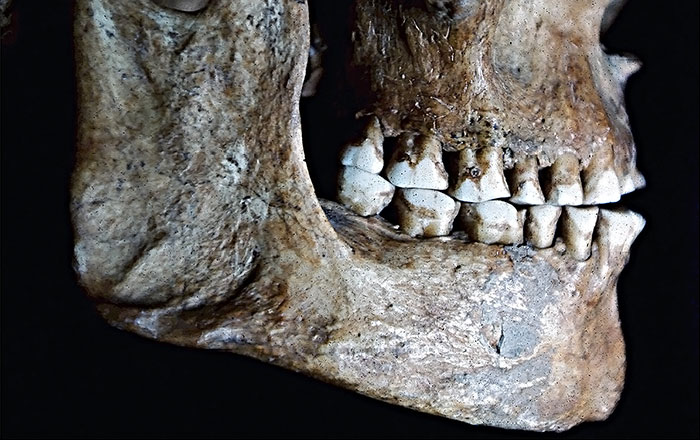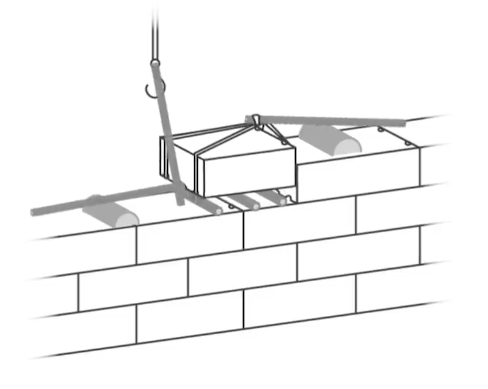
ATHENS, GREECE—New research by Alessandro Pierattini of the University of Notre Dame indicates that a “primitive lifting machine” was employed by Greek builders as early as the mid-seventh century B.C., according to a Gizmodo report. Previous researchers have suggested that the grooves found on stones in the temples at Corinth and Isthmia may have been the result of the quarrying process, but Pierattini thinks the Corinthians used grooves, combined with rope passed over a frame, to move heavy materials while constructing ships and buildings. They may have also used such a lifting machine to lower heavy sarcophagi into pits, he said. Pierattini attempted to move similarly grooved stone blocks with a simple lifting machine, and found that the grooves could have allowed ancient builders to lift blocks weighing between about 400 and 900 pounds, and position them with the assistance of metal levers. The machine would have been in use for about 150 years, he added, until the invention of the crane—which moves heavy objects using hoists and winches—some 2,500 years ago. To read about one of the oldest surviving Greek temples, go to "A New View of the Birthplace of the Olympics."


